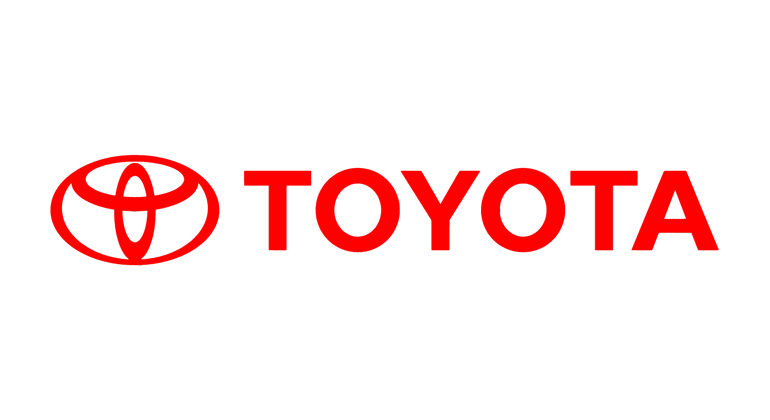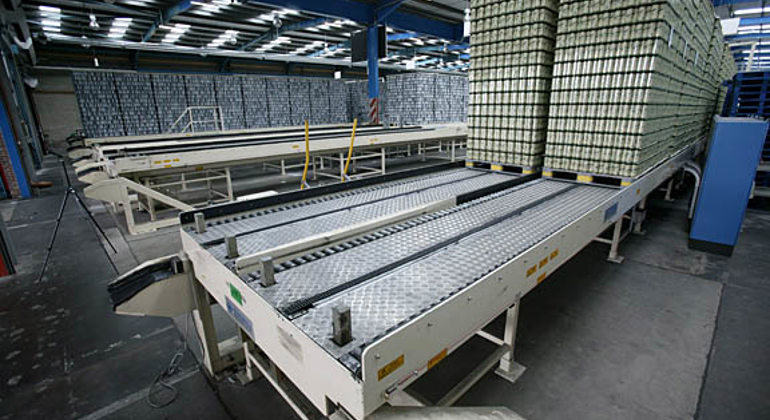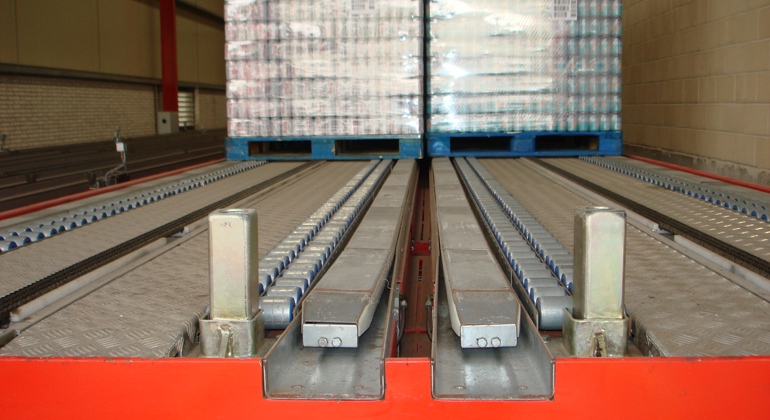As you can see from above, JIT production can bring significant benefits to any manufacturer who implements the system; however, it’s a highly risky way to manage inventory and things can go horribly wrong if the business doesn’t call it right. Here are some of the disadvantages of JIT production:
Sensitivity to errors
The greatest risk of JIT production is that you’re storing the bare minimum of inventory in your warehouse or other storage facility. When manufacturing using this system, there’s absolutely no margin for error. The manufacturer must be able to predict demand accurately, highlighting a further problem with JIT: it relies too much on forecasts.
The manufacturer is at the mercy of the supply chain (and the suppliers in it)
For this system to work well, the supply chain must operate perfectly. Even minor disruptions can cause production to stop at very short notice. If a supplier doesn’t deliver materials on time, delivers the wrong amounts or even the wrong materials or goods, this can trigger delays in the process. Of course, since the manufacturer has no materials to fall back on because they’ve kept the inventory so low, delays can result in huge losses for the organisation.
Lack of preparation
Implementing a JIT model will force the business to switch its entire workflow to a lean framework, which will affect the entire organisation and the supply chain. Each is likely to have to change some of their procedures or practices, or all of them. It could be difficult, not to mention costly, to carry out such an extensive overhaul.
Potential missed opportunities
The company will have few or no unfinished goods on hand. If a large or unexpected order comes in, the manufacturer might not be able to cope adequately with it. The major reliance on forecasting also makes it difficult to adapt to unexpected demands.
Unforeseen price changes
JIT production faces constant costs for parts. If costs increase, the company’s profit margins will drop.
Pressures of time
Time is of the essence in JIT production. Companies that implement the system face significant pressures of time. The scheduling can affect the cost of goods sold, too. The company has no guarantee it will get the best price when buying raw materials from a supplier.
Cost of local sourcing
Part of JIT production’s efficiency lies in reliance on local suppliers so that it can power forward with production and get items out to customers sooner. For different reasons, sourcing locally can cost more. Unfortunately, for a manufacturer working with a JIT model, this pursuit of reliability and efficiency can eat into their profits.
Acts of nature
Acts of nature that interfere with the flow of goods can bring production to a halt. Ultimately, this is a risk that many manufacturing businesses face, whether they’re implementing a JIT model or otherwise.








